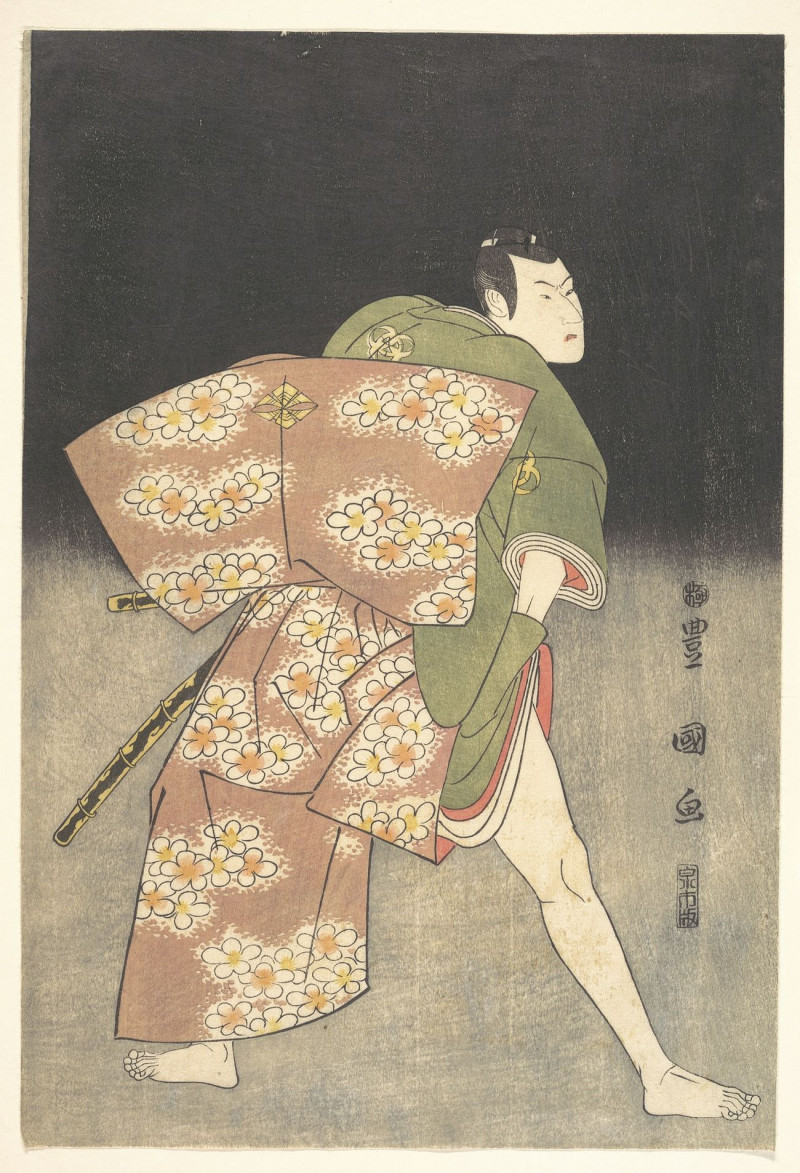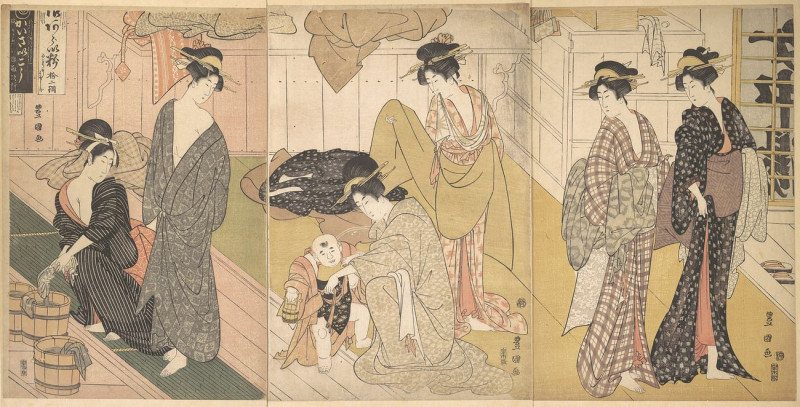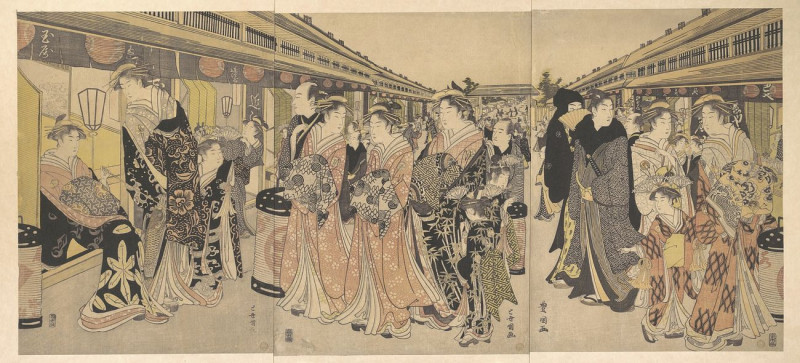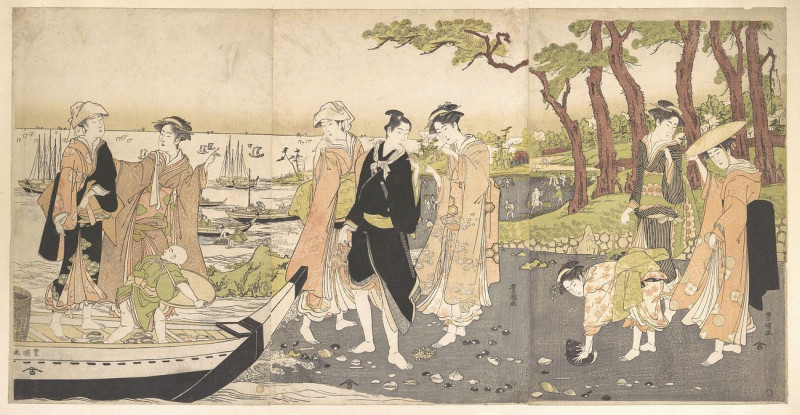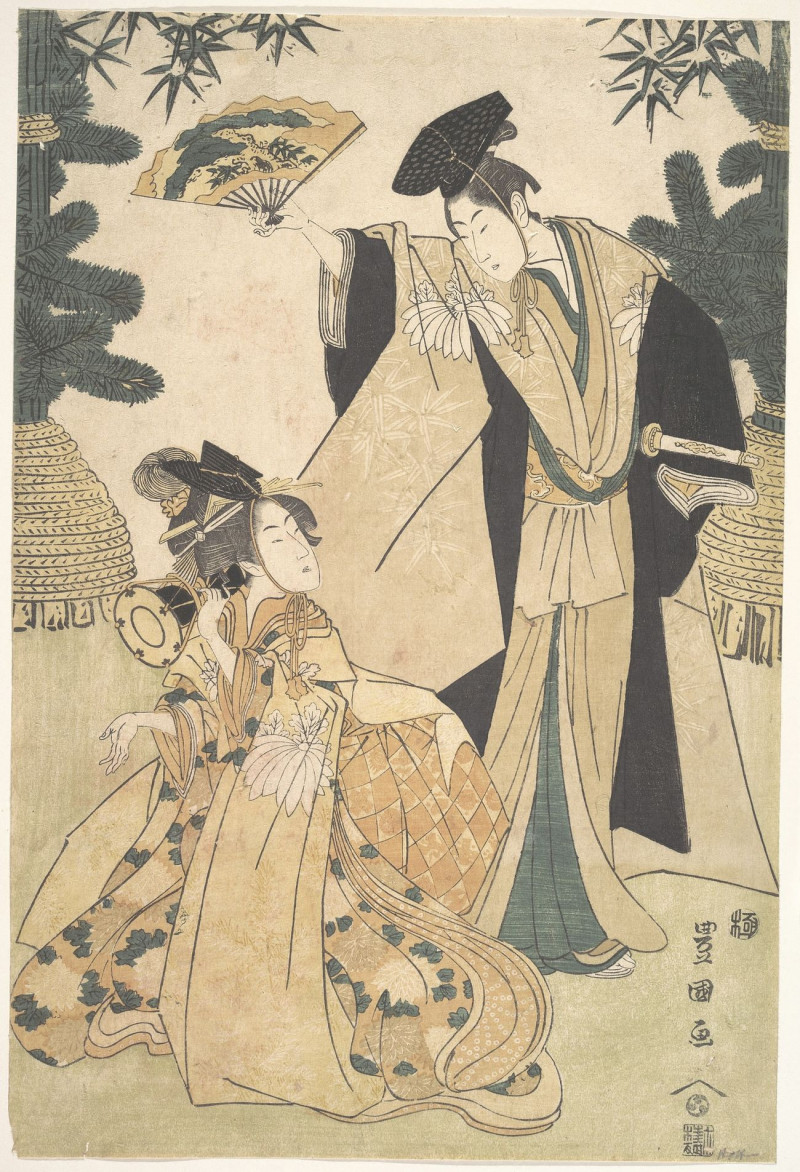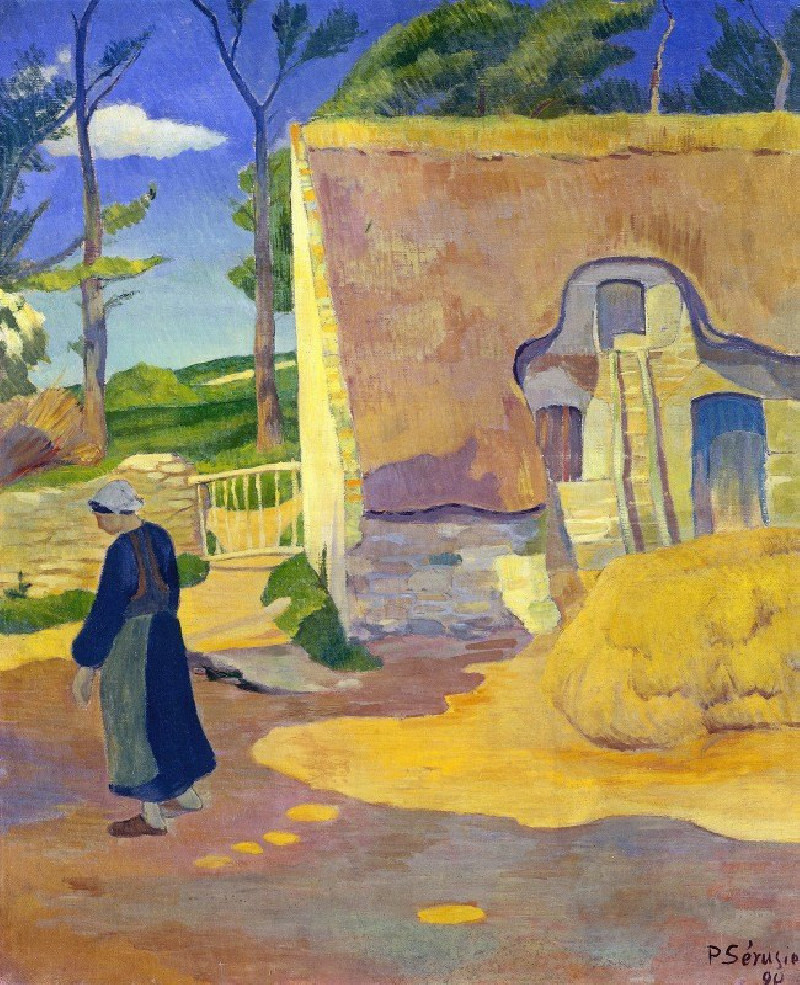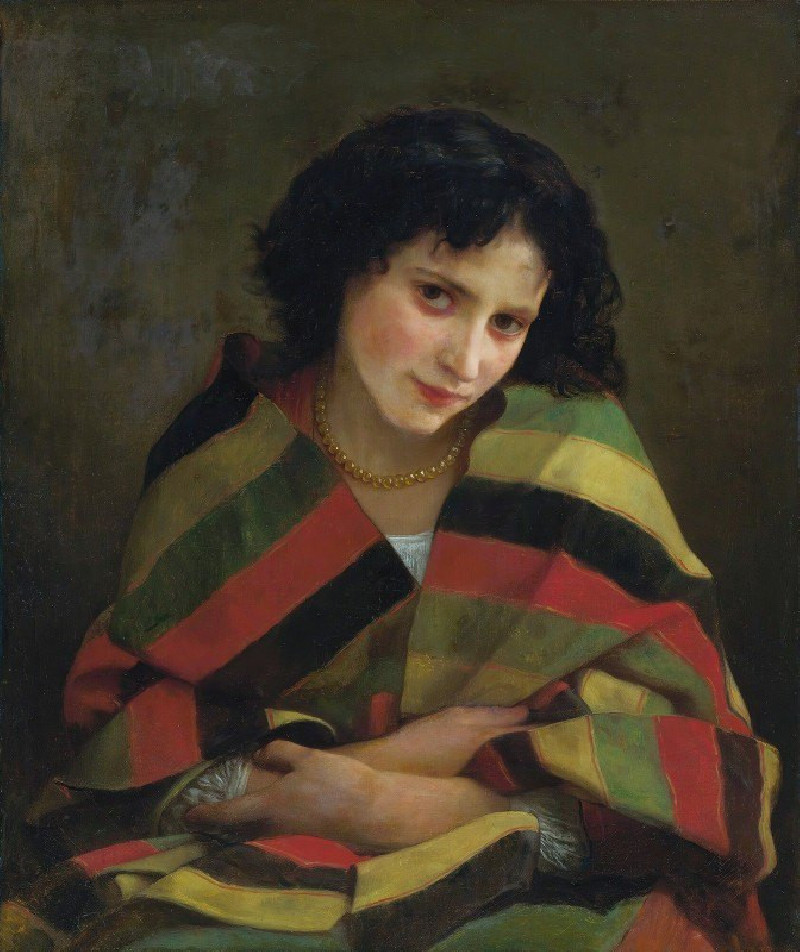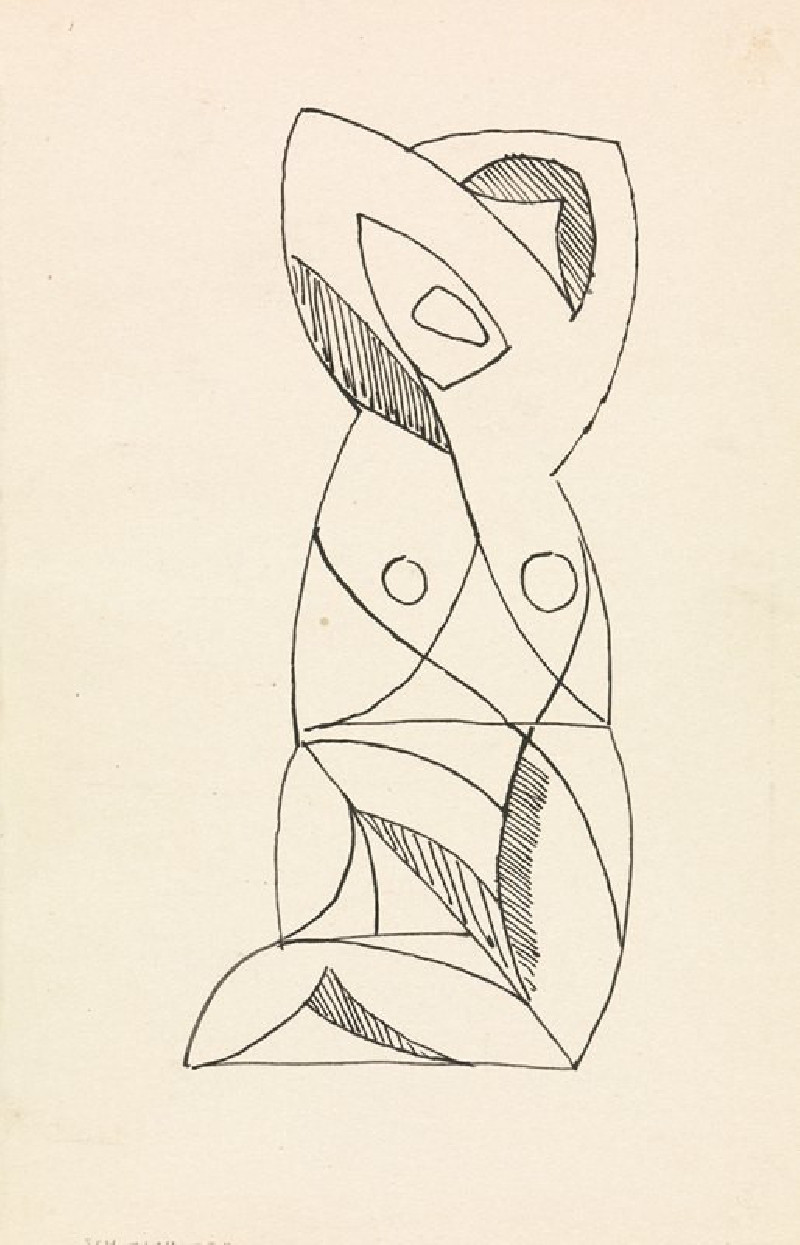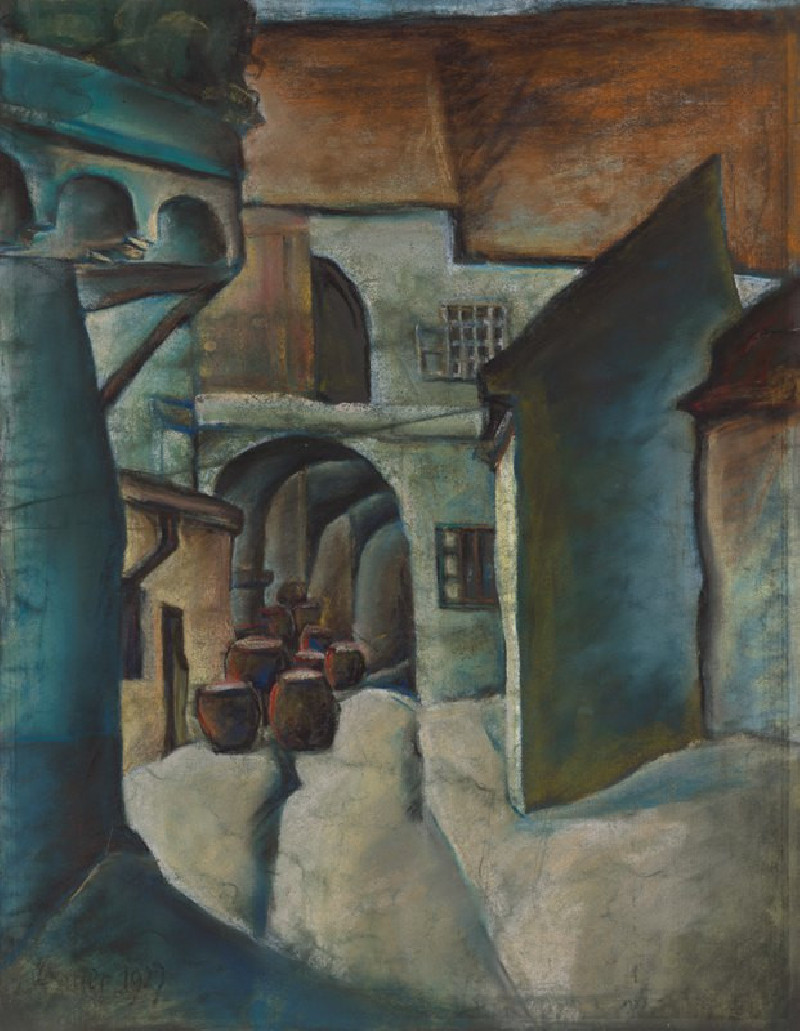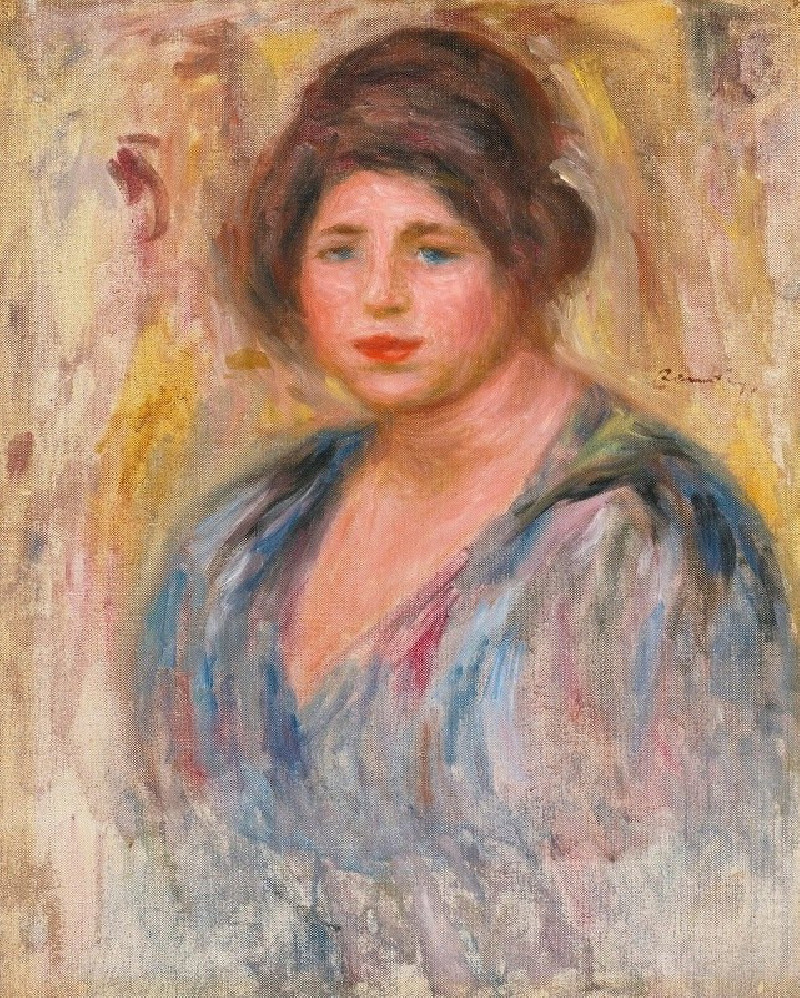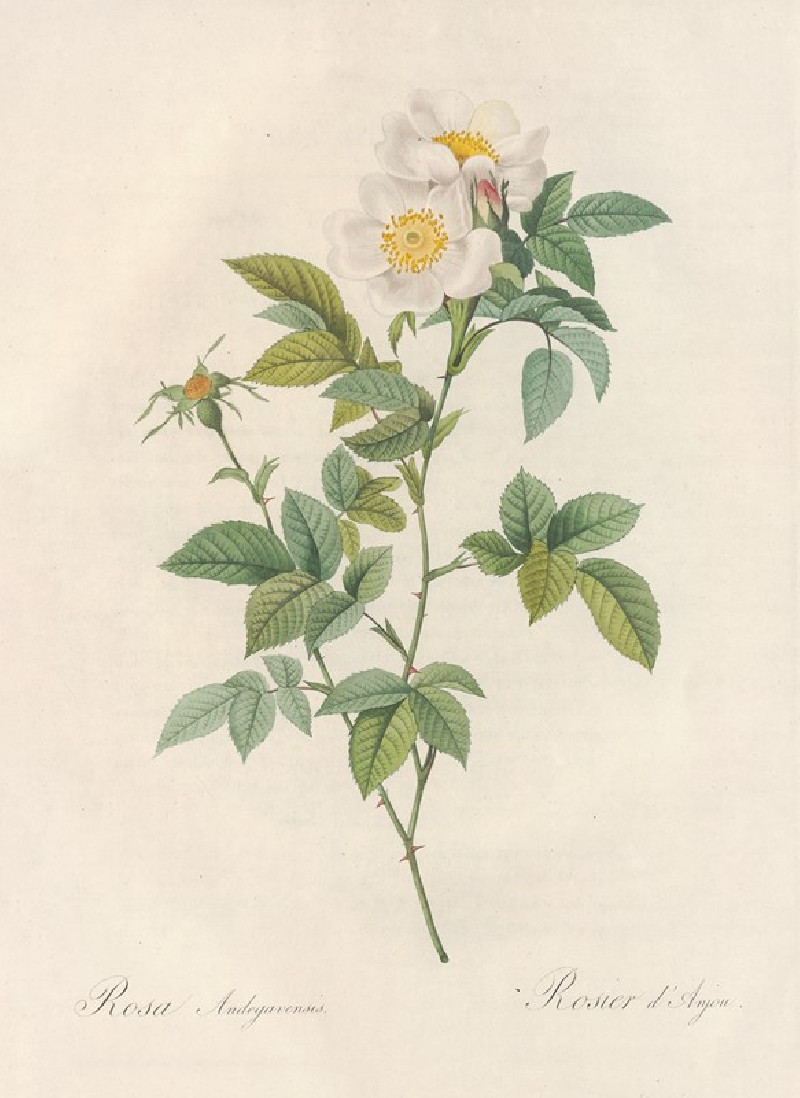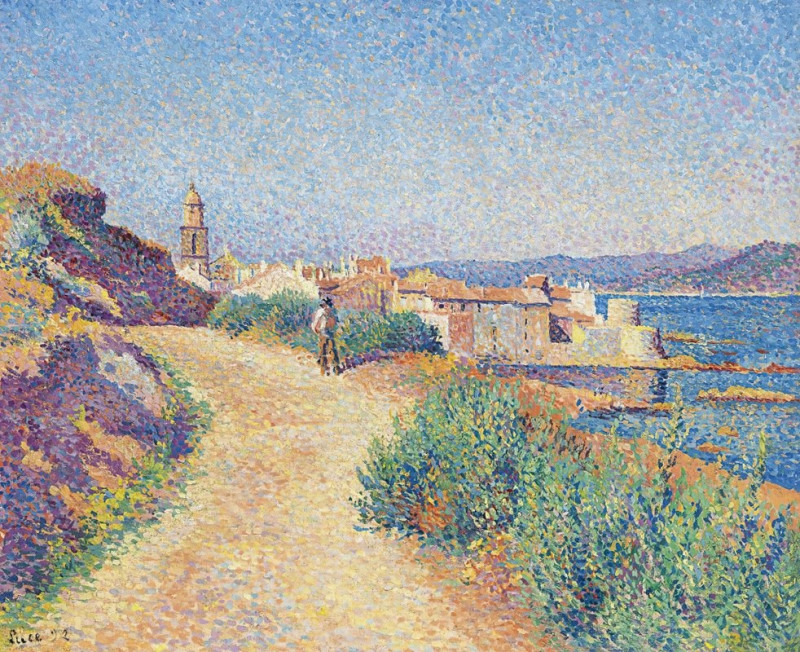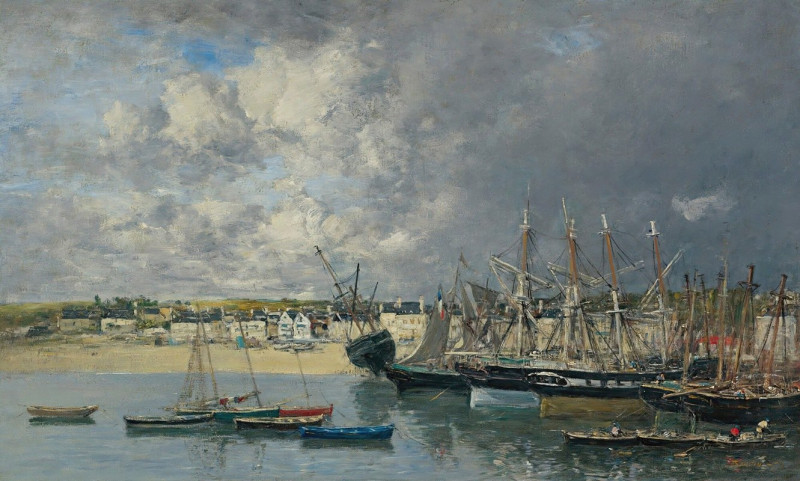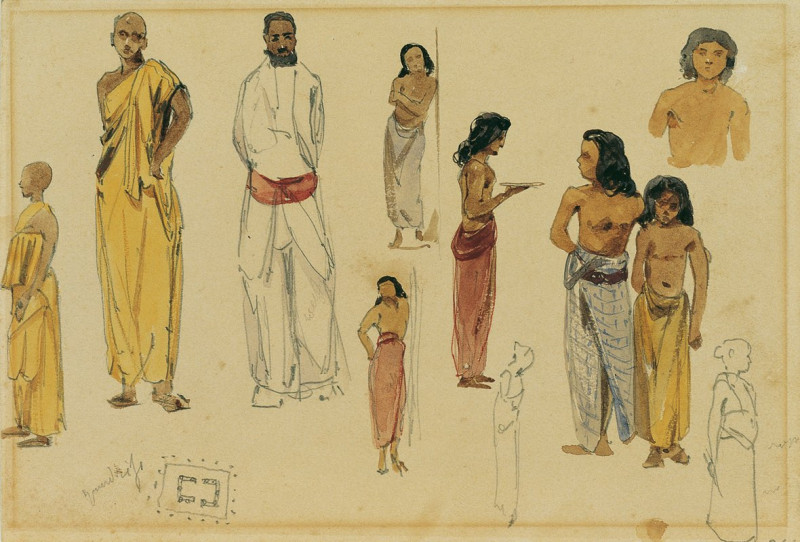Scene From A Drama
Technique: Giclée quality print
Recommended by our customers
More about this artwork
This image is a woodblock print from Japanese artist Utagawa Toyokuni, titled "Scene From A Drama." The artwork depicts a dramatic moment between two characters, typically seen in Kabuki theater, which is a traditional form of Japanese stage drama known for its stylized performances and elaborate makeup.The male character is standing and appears agitated or confrontational, with a dynamic expression and body posture, gripping a part of his clothing tightly in one hand. His attire, which includes a boldly patterned kimono with dark and red hues, suggests the attire of a samurai or a character of high status or intensity.The female character is kneeling on the ground and seems to be in a submissive or pleading position, clutching the other character's kimono. Her expression is one of distress or desperation, which is effectively conveyed through her posture and facial features. Her kimono is detailed and colorful, indicating her own significant role in the scene being depicted.The interaction likely depicts a pivotal emotional exchange, possibly involving themes of conflict, duty, or morality that are common in Kabuki narratives. The printed text and seals on the print are customary in such artworks, providing information about the publisher, artist, and sometimes the characters or the play depicted.This piece is characteristic of Toyokuni’s style, which is renowned for its vibrant portrayal of Kabuki actors and theatrical scenes, capturing the drama and emotion of the performance art form.
Delivery
Returns
Utagawa Toyokuni (1769-1825) was a prominent Japanese woodblock printmaker and painter of the Edo period. Born in Edo (now Tokyo), he was the chief disciple of Utagawa Toyoharu, a well-respected printmaker. He specialized in kabuki theater prints, which depicted famous actors in performances and featured dramatic scenes from plays. In addition to kabuki theater prints, Toyokuni also produced portraits of geishas, landscapes, and scenes from everyday life. He eventually became a leading master of the Utagawa School.

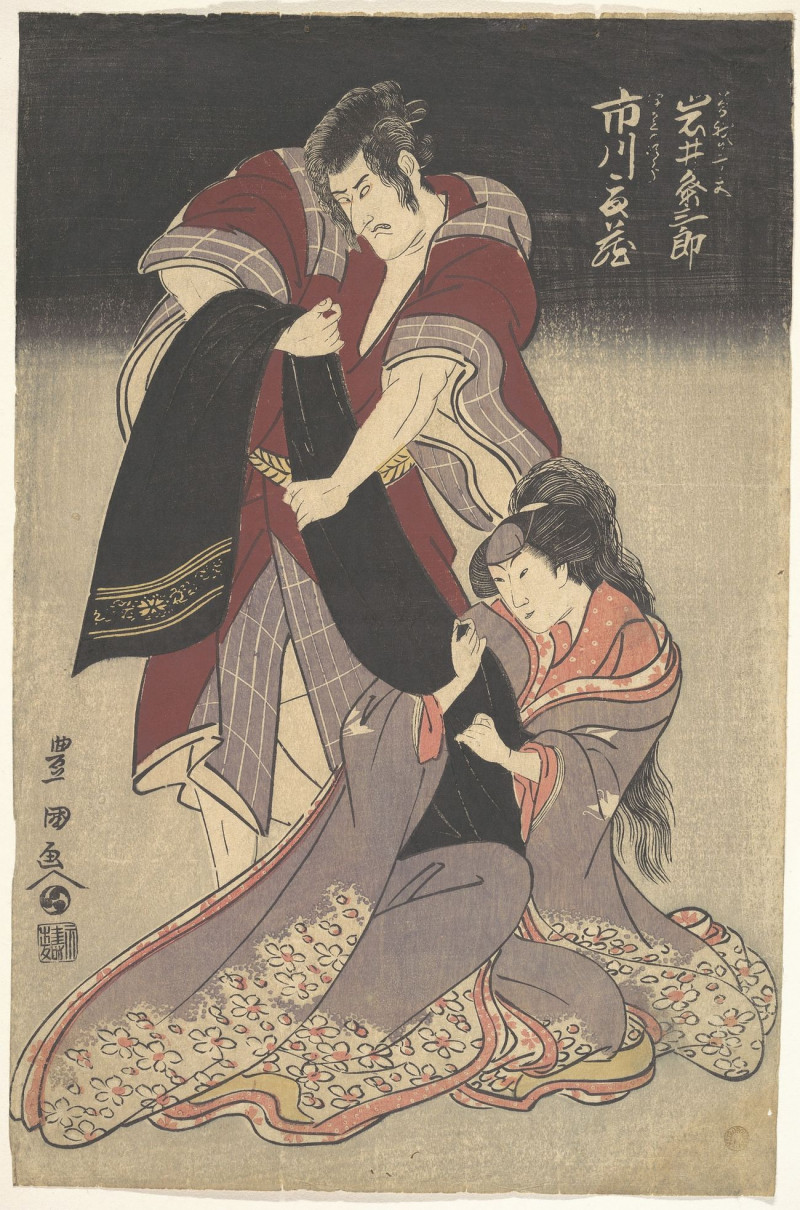
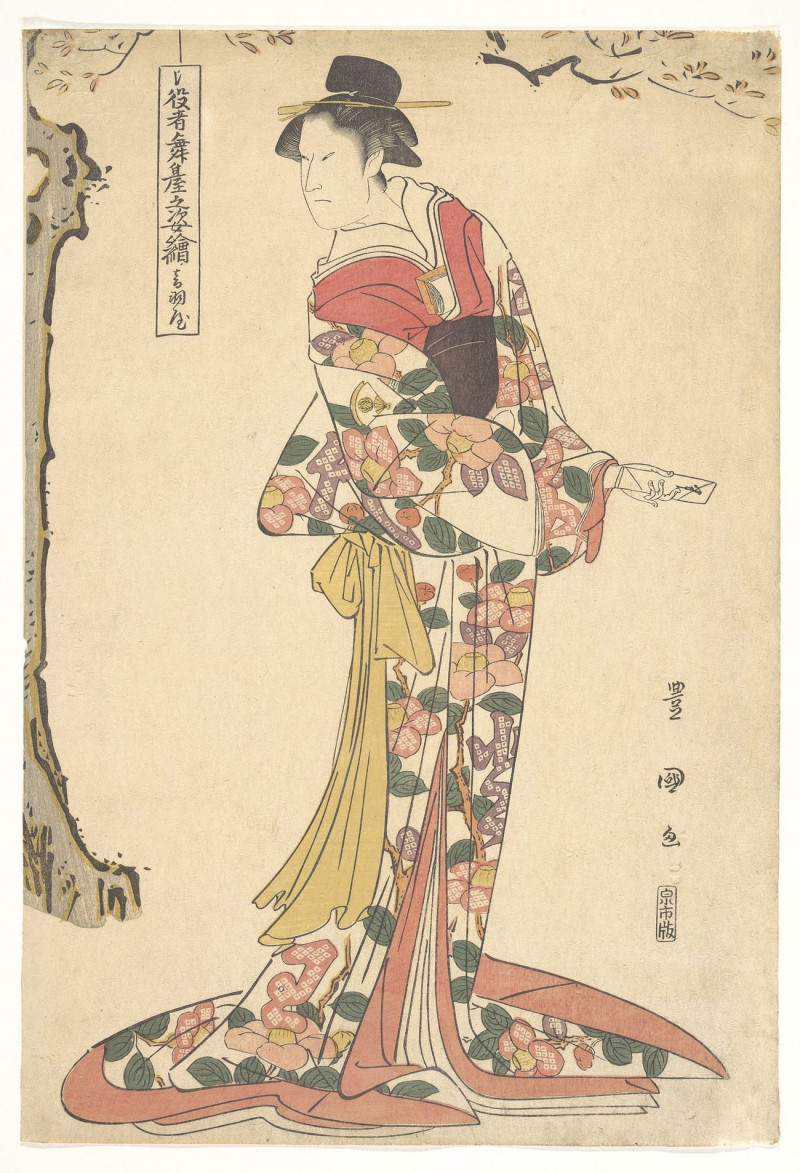
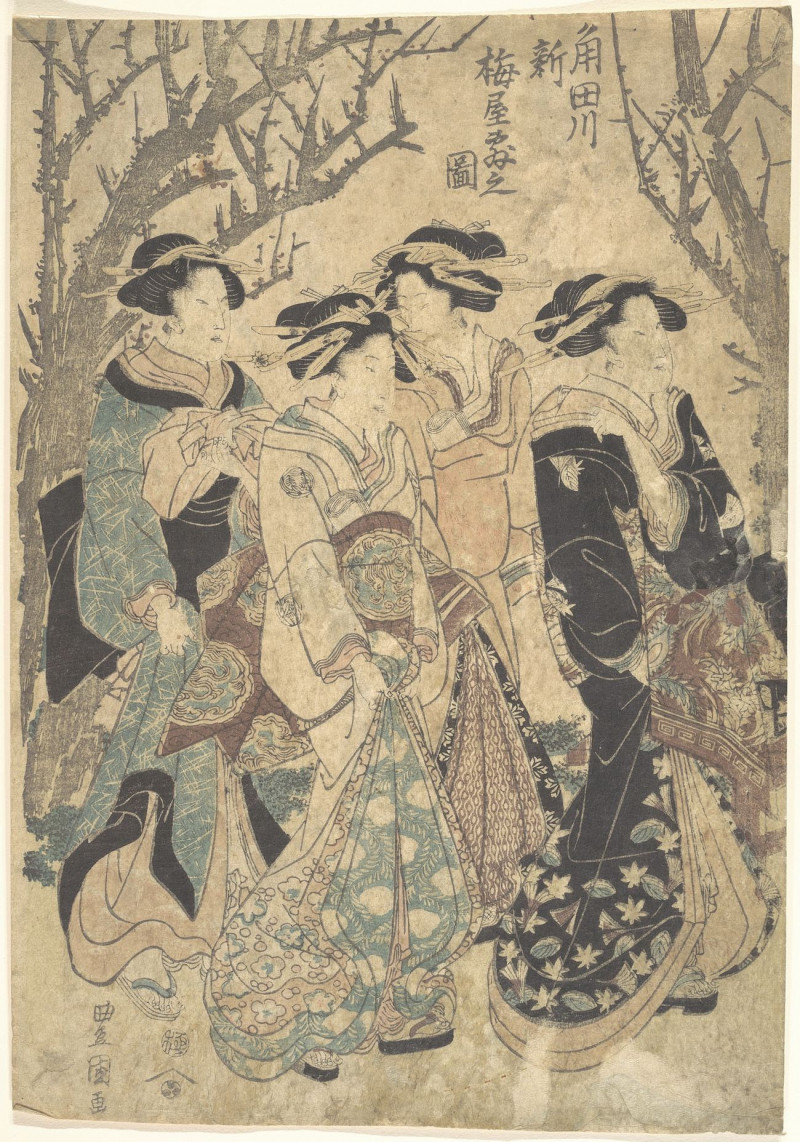


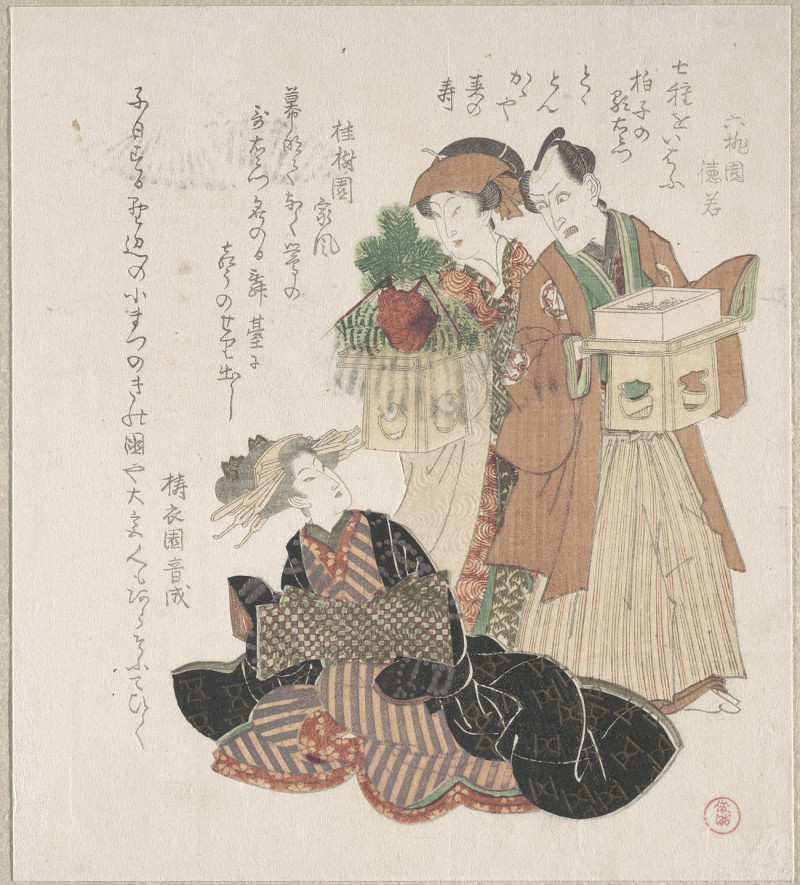
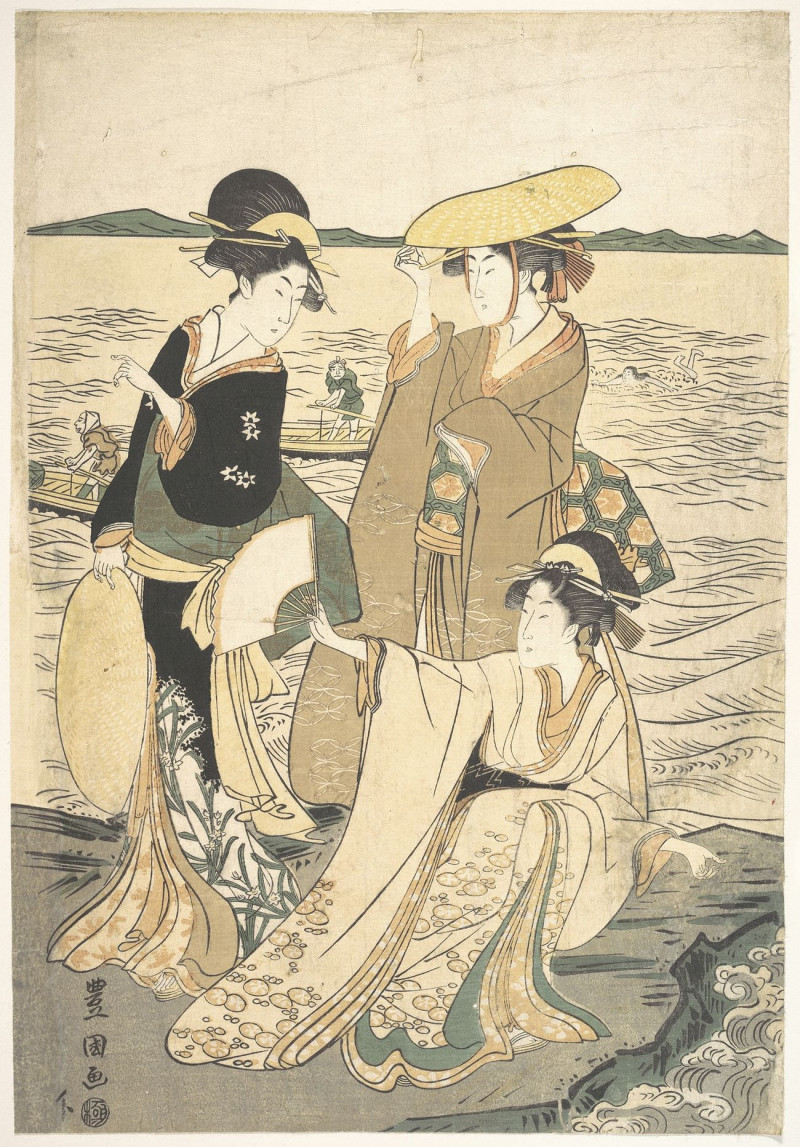
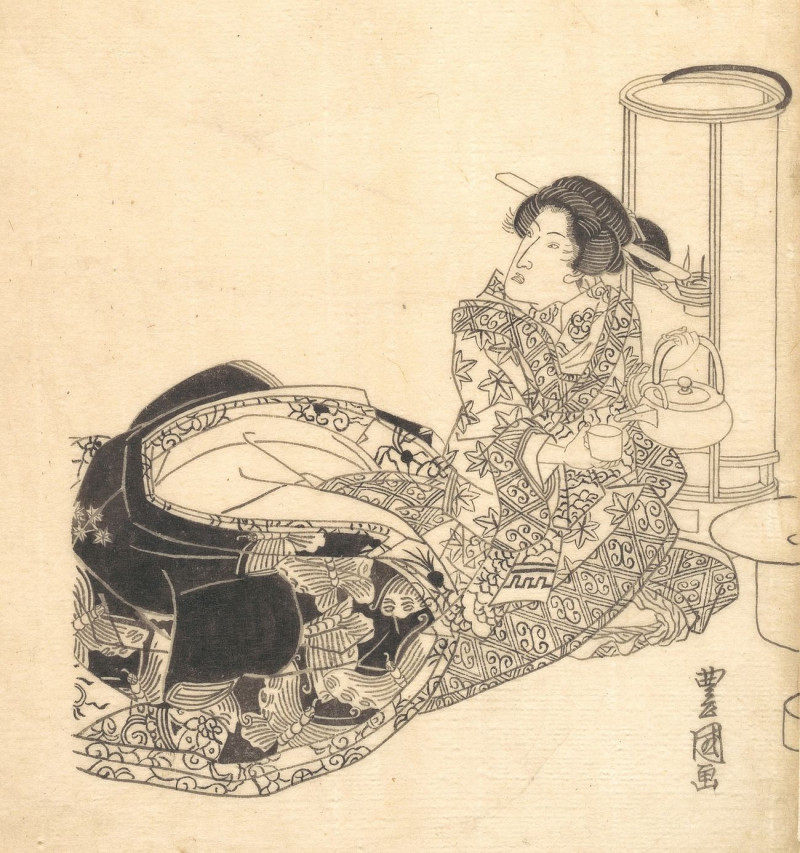

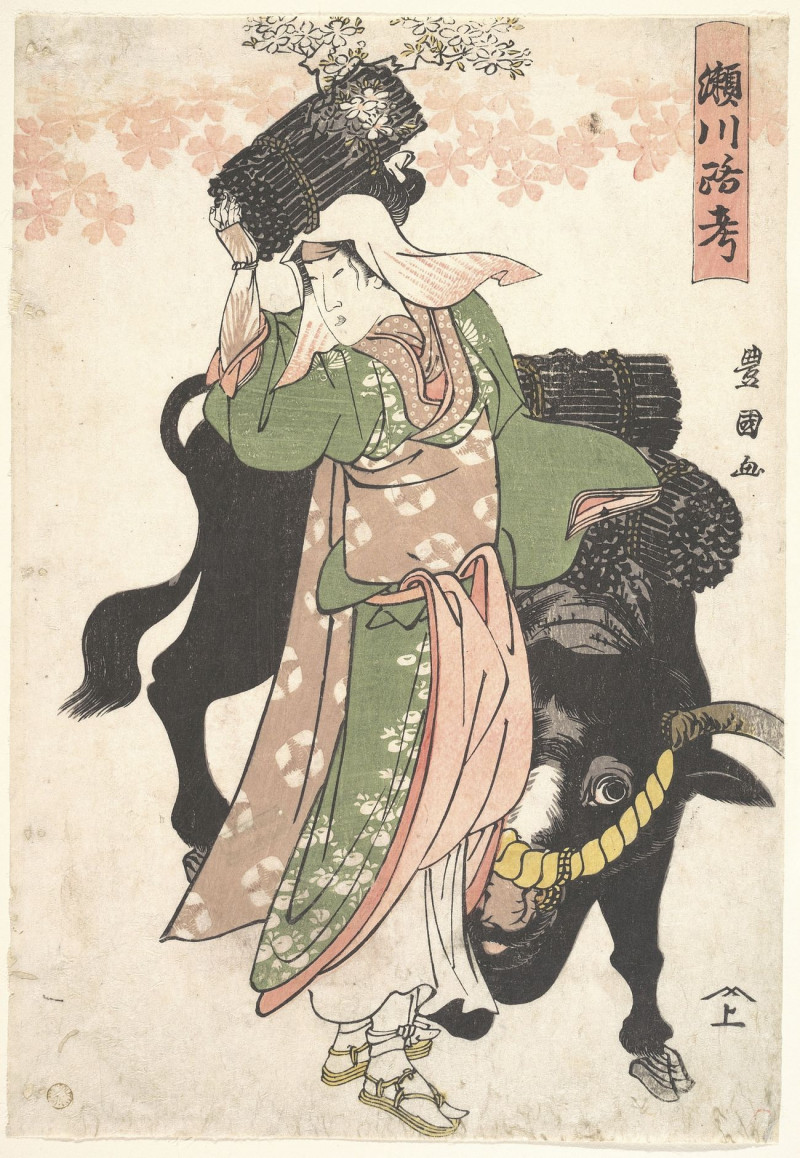
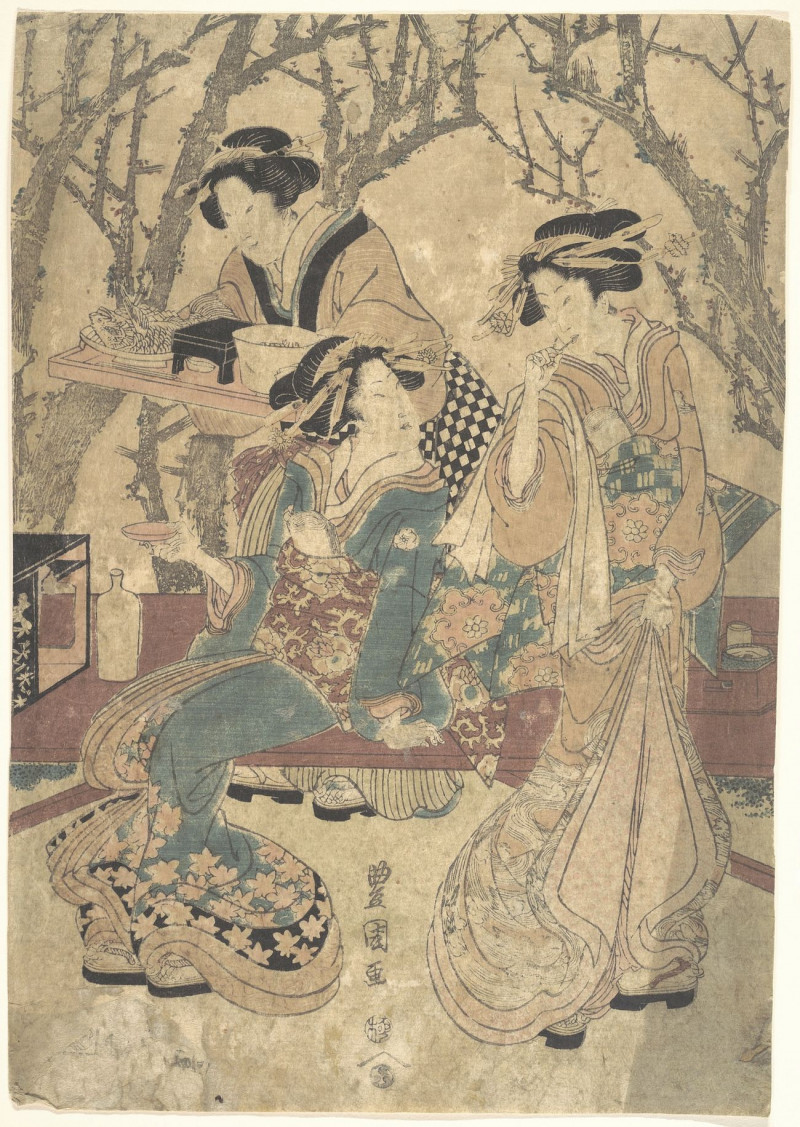
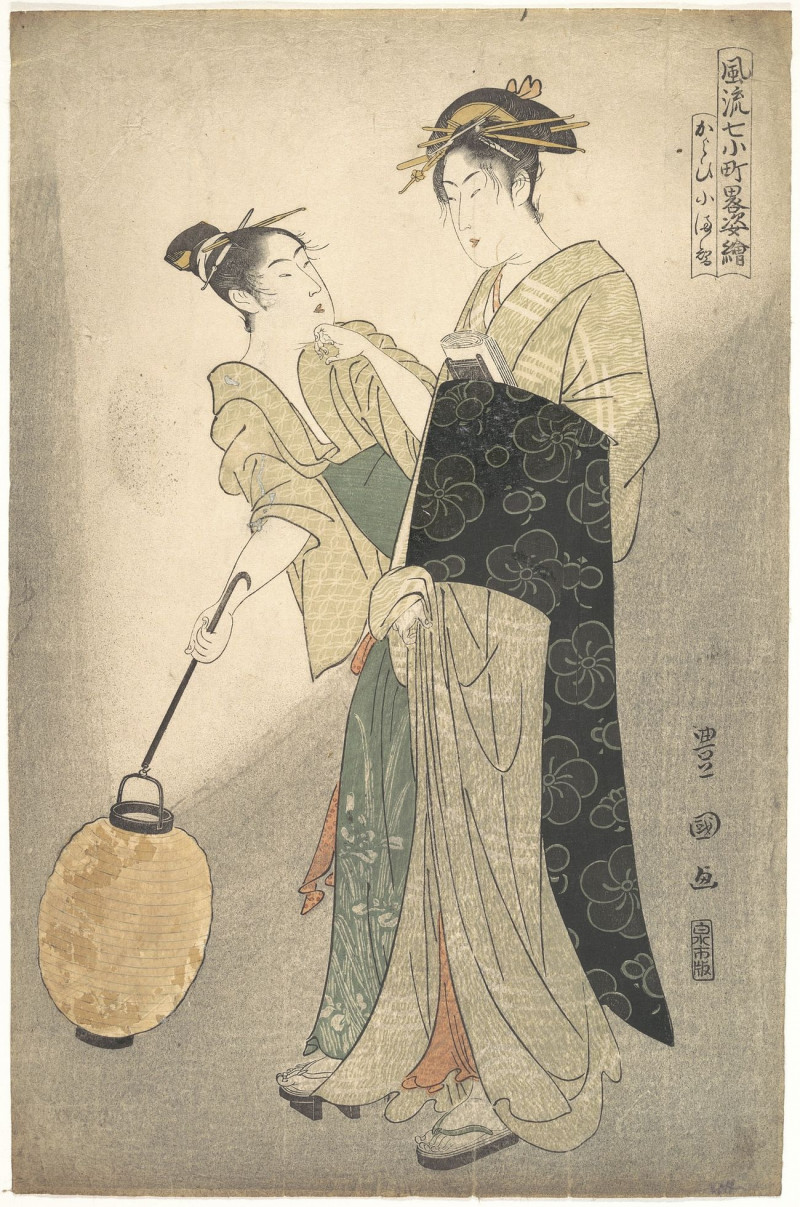

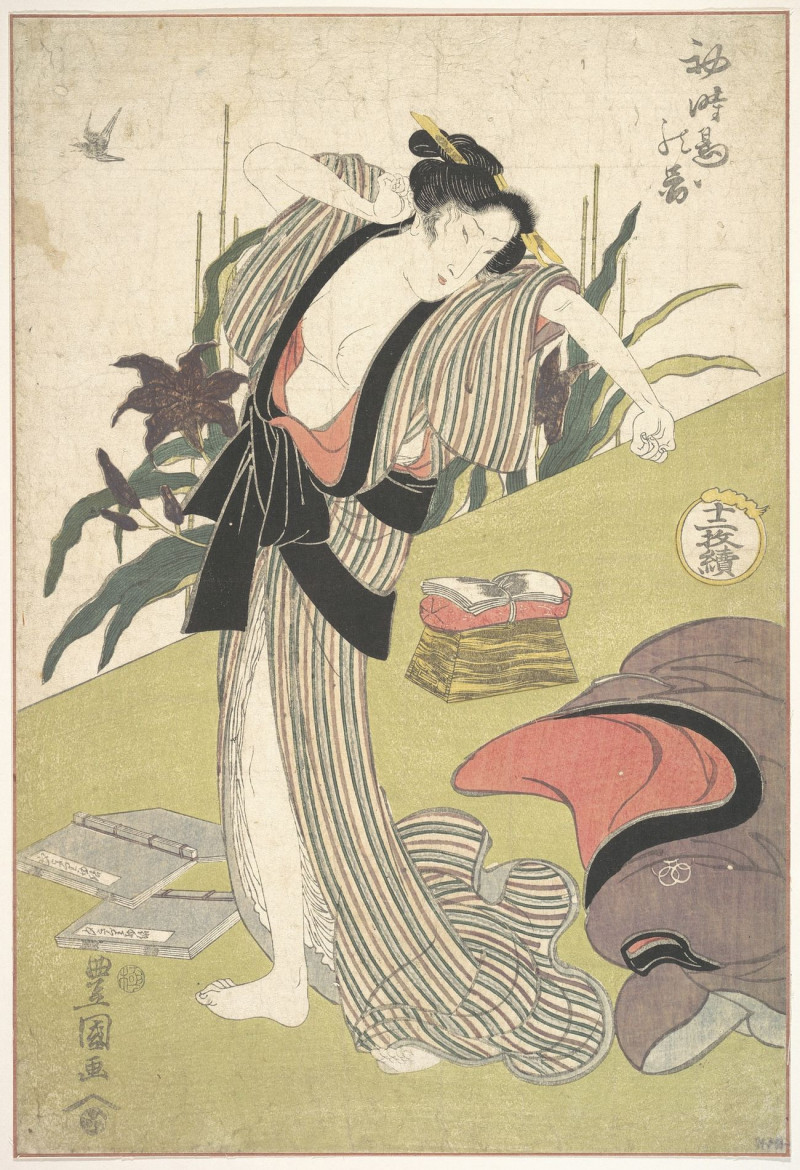

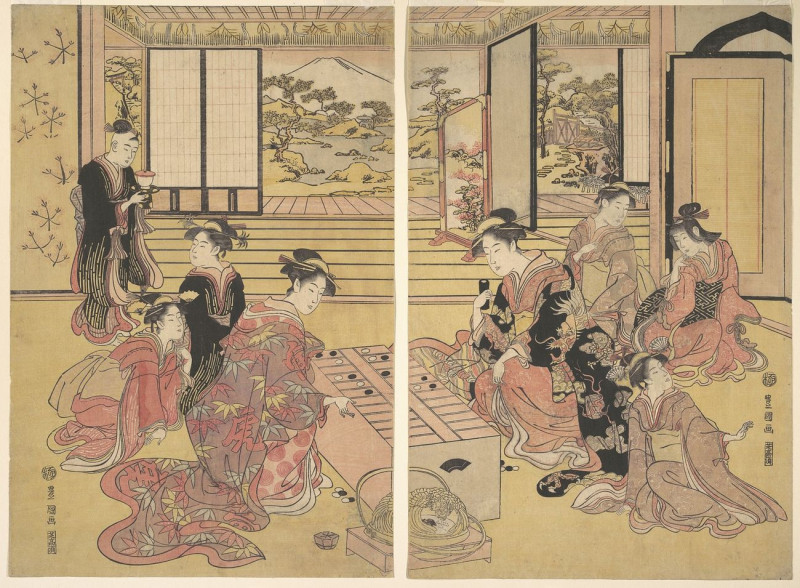

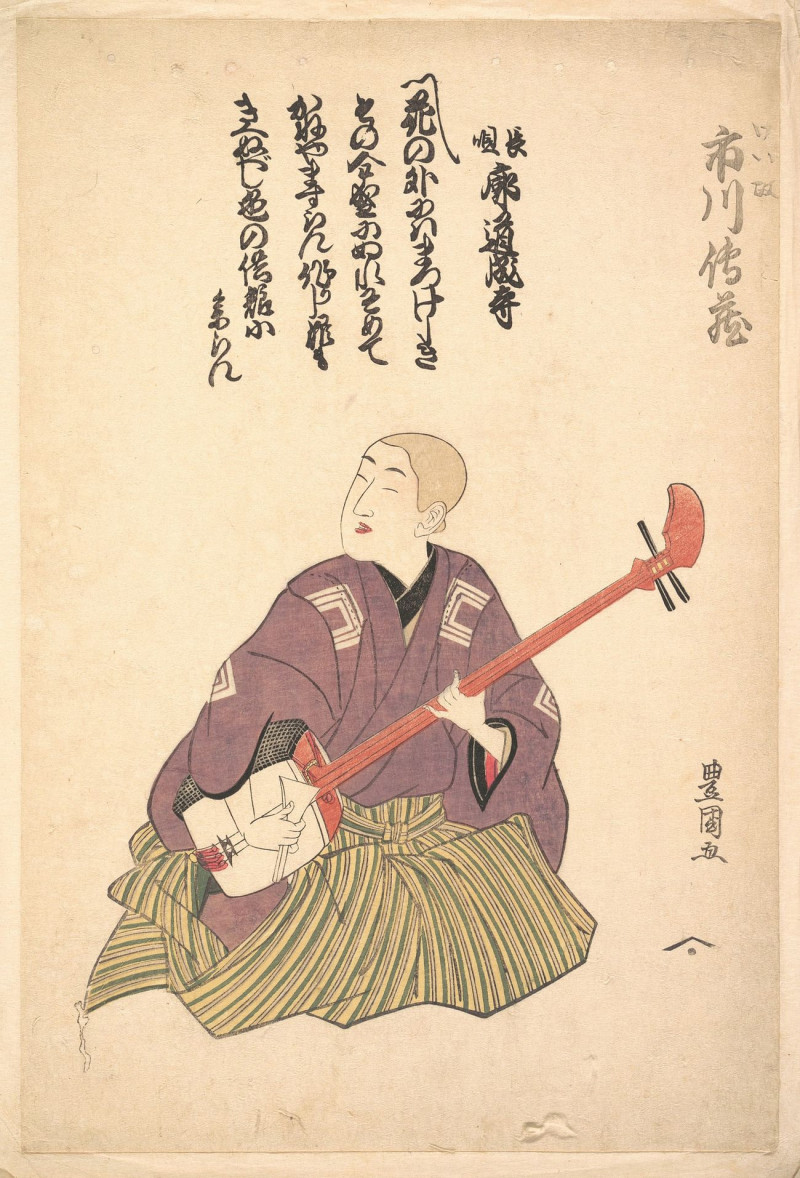

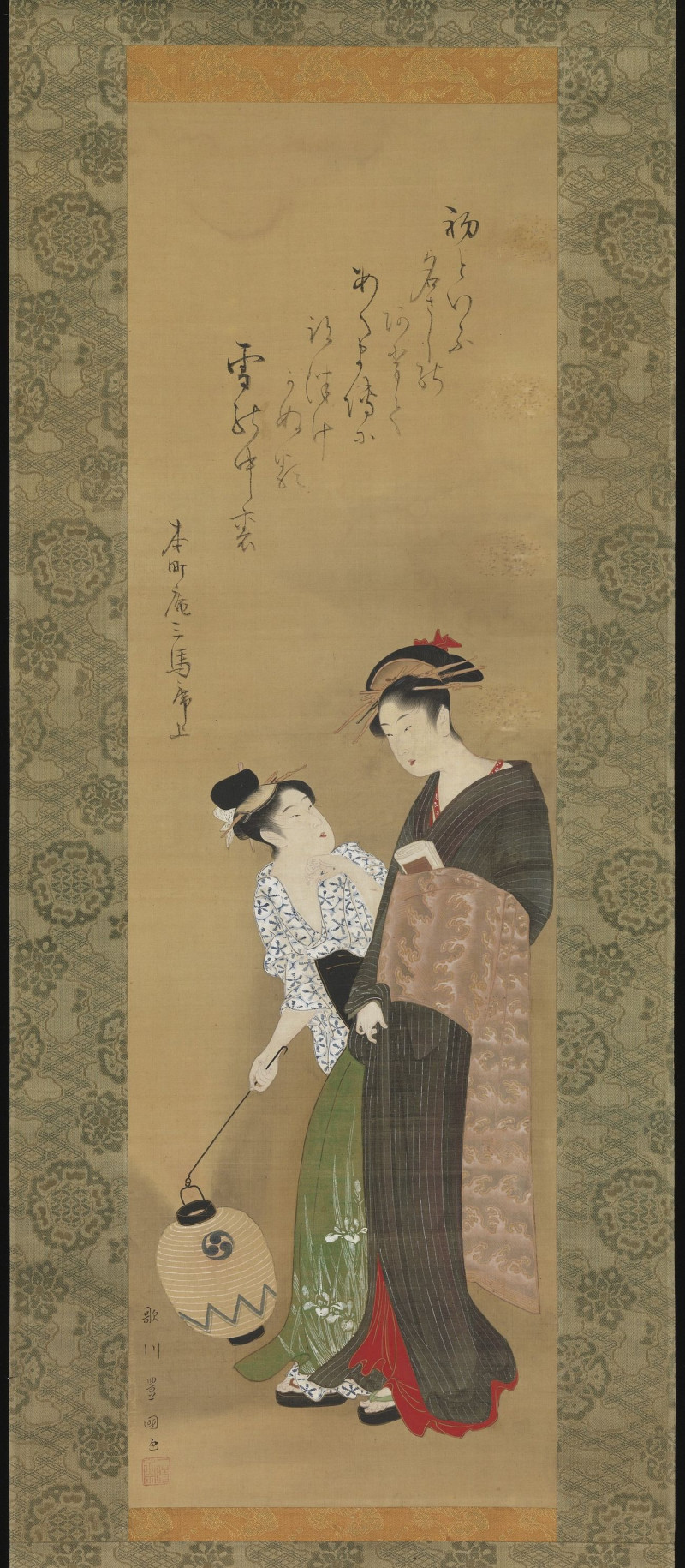
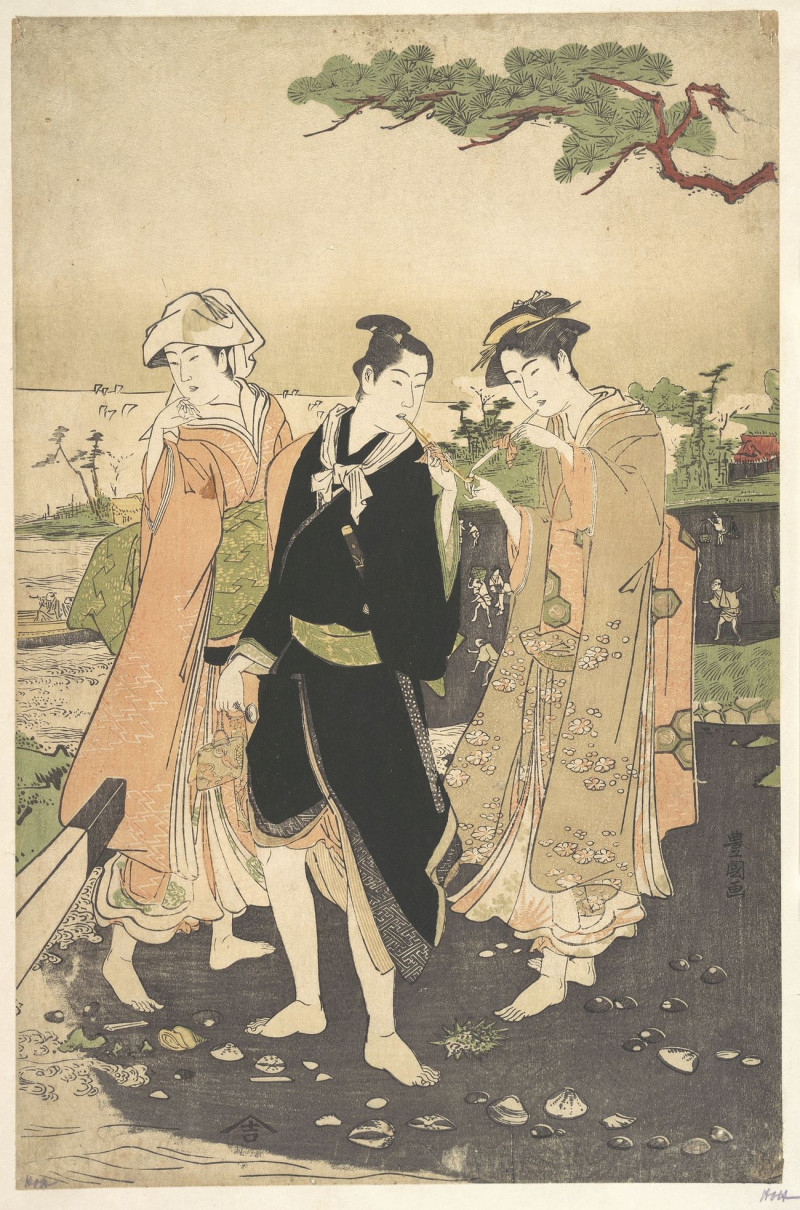

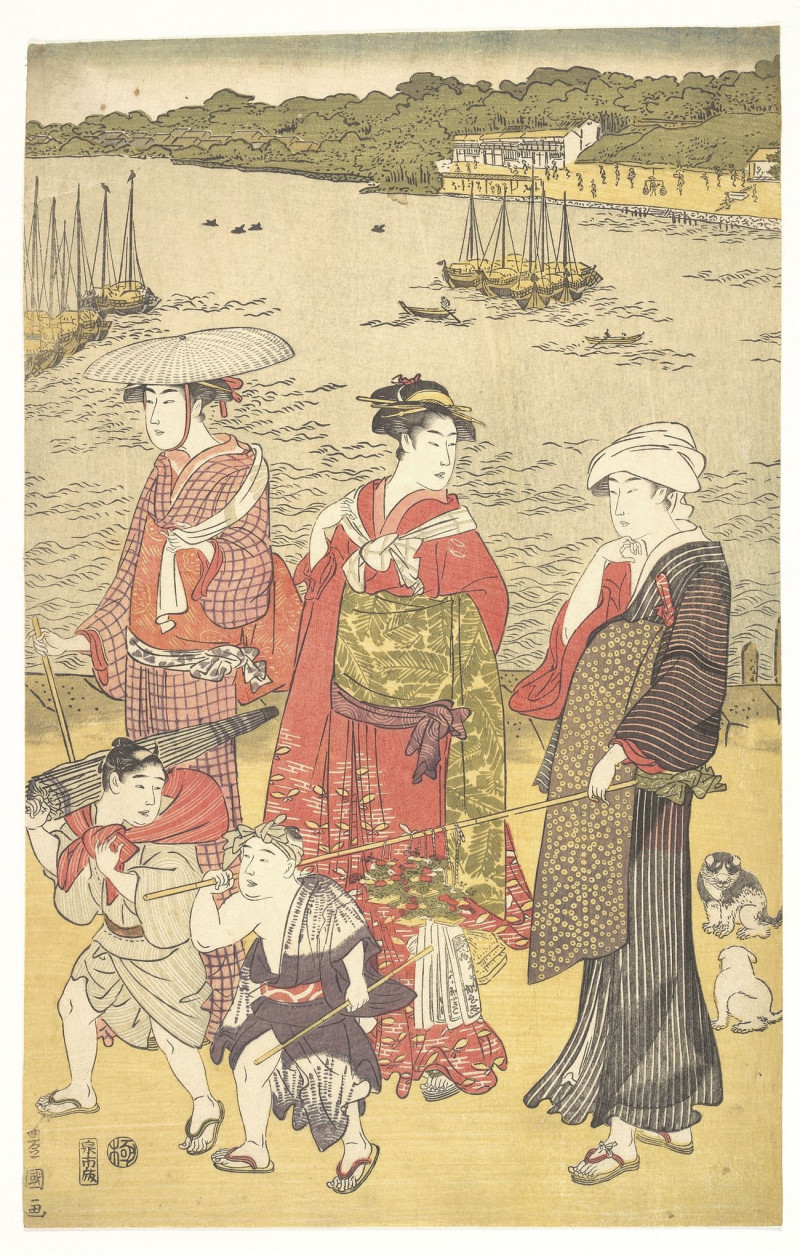
![Amusements Of Kabuki Actors Of The “Third Floor” [Dressing Room] reproduction of painting by Utagawa Toyokuni. ALL GICLEE PRINTS](https://reprodukcijos.lt/32918-large_default/reproduction-of-amusements-of-kabuki-actors-of-the-third-floor-dressing-room.jpg)
